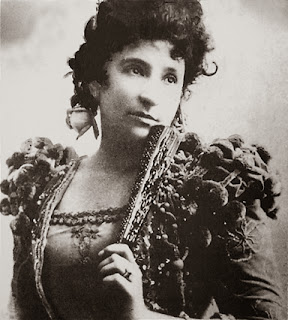Last week, at a fun dinner in London (to celebrate their
75
th anniversary), along with several other worthies, I was given a
gong for the contribution I had made to the International Advertising
Association two decades ago.
I was elected world president of the IAA at a rather
critical moment. First, the Soviet Empire
was crumbling, and a whole new range of countries was emerging as market
economies. And second, advertising was under attack, seemingly throughout the
western world, with governments threatening to legislate for ad bans on all
sorts of products that were legally sold.
At that time, in 1989/90, the IAA was the only organisation
that could address these threats on a global basis, representing, as it did
(and does) the three parts of the business ‒ the manufacturers, the media and the advertising
agencies.
And yet, the organisation was clearly completely
ill-equipped to create and implement the programmes necessary to defend freedom
of commercial speech. The whole ethos of the IAA was not connected with
advocacy, but rather was a global club, where the primary reason for belonging
was to network.
So I embarked very early on a re-structuring of the
governance of the organisation, reducing the executive committee from around
twenty-five to just a handful of key players. Of course, this was much resented
by all those who were being jettisoned.
And, together with the paid executives, director-general
Norman Vale and his number two Richard Corner, we deployed three initiatives:
first, to be alert to threats as they emerged, sharing best practice in dealing
with each; then to create a roadshow that would travel through the emerging
post-Soviet markets ‒
Russia, Czechoslovakia (as it was), Hungary, Poland and, importantly, China ‒ setting out the case
for advertising, and inaugurating IAA chapters in each; and, perhaps most
important, we launched a global “Campaign for Advertising” (together with
tracking research), proclaiming the economic and social case ‒ the media space and time
all donated.
I wonder how well the IAA would cope today, faced with
similar opportunities and threats?















.jpg)
































